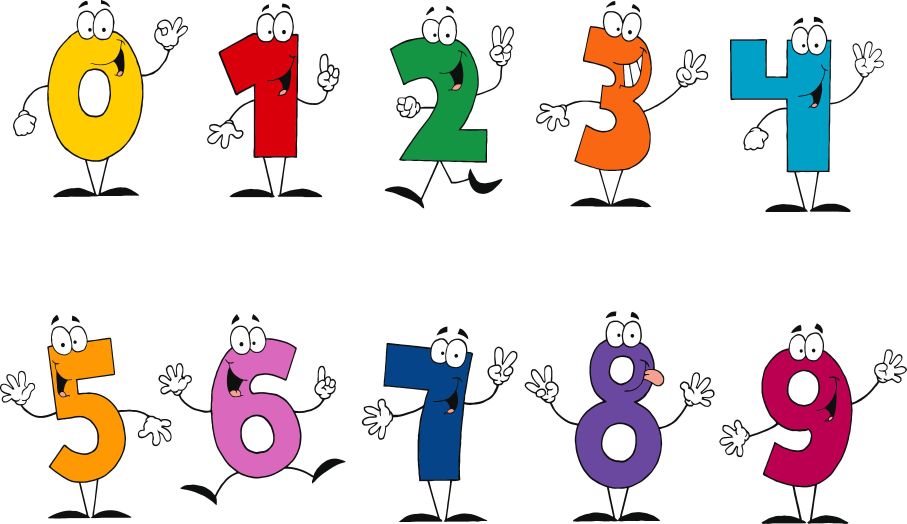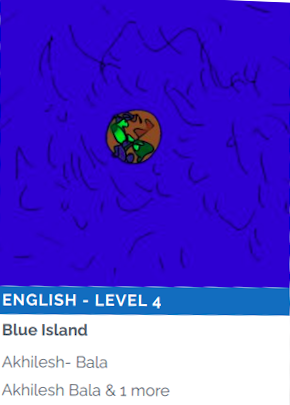By manav | 2017-07-05
Manav Hada is my student from the MBA Innovation and Entrepreneurship program at Symbiosis Institute of Business Management, Pune, India. Manav had good fun in the class as is evident in this series of posts. Have fun!
Design a PROBLEM? Sounds weird right! But yes, we need to design our problem. Without designing our problem, we limit its beauty, making it insignificant and meaningless. In order to gain the true essence from a problem, we need to design it, decorate it and if possible reward it. After all a problem that is not recognized, is no problem at all!
1’s upon a time - Episode 1
Once upon a time, the number system was divided into kingdoms of 1’s, 2’s, 3’s, 4’s and so on. 1’s kingdom had only 1’s, 2’s kingdom had only 2’s, 3’s had only 3’s and so on.
 *Source-* https://img.clipartfest.com/9f4786fe485e2913d13411ceacda2f93_are-you-a-pyromaniac-numbers-clipart-1-10_3628-2095.jpeg
*Source-* https://img.clipartfest.com/9f4786fe485e2913d13411ceacda2f93_are-you-a-pyromaniac-numbers-clipart-1-10_3628-2095.jpeg
One day in the kingdom of 1’s, the 1’s king Numero Uno met a sage named Manav.
Sage Manav proclaimed, “You can be infinity, if you all join!”
The king got interested.
“How can we do it?” asked the king.
“You need to add in the right way!”
That statement puzzled the king.
“There were only few 1’s and if they all added together they would only total to n, that is, 1+1+1+…. =n, where n is the total number of 1s in his kingdom. And n is not infinity. We would need other numbers to achieve infinity. But I can’t approach other kingdoms for it would result in war. 1’s are the lowest in the number kingdom and so we would definitely lose the war. We’ve got to find a solution!” the king thought.
Let’s help the king. Now what we have here is a classical mathematical problem. Let us apply ARIZ (The algorithm of inventive problem solving) on this. Or as I had mentioned before, let us design the problem.
ARIZ Part1 : Designing our problem
First we frame the technical statement:
Technical Statement: A technical system for <adding numbers> includes <1’s, 2’s, 3’s, n’s, mathematical operations, brackets, brain>
Mini Problem: (Technical contradictions (TC))
TC-1: If we approach other number kingdoms, we will get bigger numbers but we have to fight a losing war
TC-2: If we do not approach other number kingdoms, we will only get small numbers but we can avoid fighting the war
So, our objective is to get a solution with minimal changes to the technical system, “Get big numbers and don’t fight a war”
As 1’s will lose in a war, it should be avoided at all costs. Hence we select TC-2. (We are peace loving folks :))
TC-2: If we do not approach other number kingdoms, we will only get small numbers but we can avoid fighting the war.
So, the actual designed problem to solve is: How can we make up large numbers with just the 1s?
Now we know the actual problem with its limitation, so let us decorate our problem model.
ARIZ Part 2: Modelling our problem
In order to setup our model, we list our key concerns (conflicting pair) and then identify the key concern that would resolve our problem.
In this case we have a limitation when it comes to availability of 1’s and the operators.
Problem Model:
Here, we figure out who is at loggerheads with whom.
Conflicting Pair - Product: 1’s; Tools available: Mathematical operations, brackets
Intensified Conflict Definition:
Let’s make the problem even worse than it is.
Addition of 1’s does not give us big numbers. Let’s say, we just don’t want big numbers, but infinity, much larger than n.
Here we see that the conflict statement has provided us features for our solution. Let’s name the solution, that we have to find, X.
This X-element which will resolve our contradiction should have the following features:
- Total should be infinity
- Use only 1’s
So based on this, we can formulate our problem statement.
ARIZ Part 3: Ideal Final Result
Ideal Final Result or IFR is a solution that acts as a navigational solution for the king to examine whether his solutions are in the right direction or not.
Let’s help him frame an IFR.
The <Mathematical Operations, Brackets> without complication of the system, provides <Big Numbers> during <Addition> from <1’s> and keep the tool’s ability to provide <infinity>
The contradiction is thus use of optimum mathematical operations to get big numbers resulting to infinity.
So we incorporate the contradiction into our problem statement, thereby completing our problem design.
The <optimum use> of <mathematical operations> on <1’s> during <the process of big number formation> gives <Big Number> and has to <provide ability> to give <infinity>
Now we have designed and decorated our problem. Based on this we set our goal. And yes! Goal should be SMART.
Specific – Reach infinity
Measurable – By optimum usage of mathematical operations
Assignable – To the 1’s
Relevant – Thereby helping them. “It’s for their own good”, thought the king.
Time bound – To be the largest in a year
Back to the story….
The ARIZ assisted analysis made King Numero Uno a very happy king.
With the problem and goal set, the solution appeared to be in sight.
Wait for an exciting concluding Episode (1+1), where we help the king design the solution.






